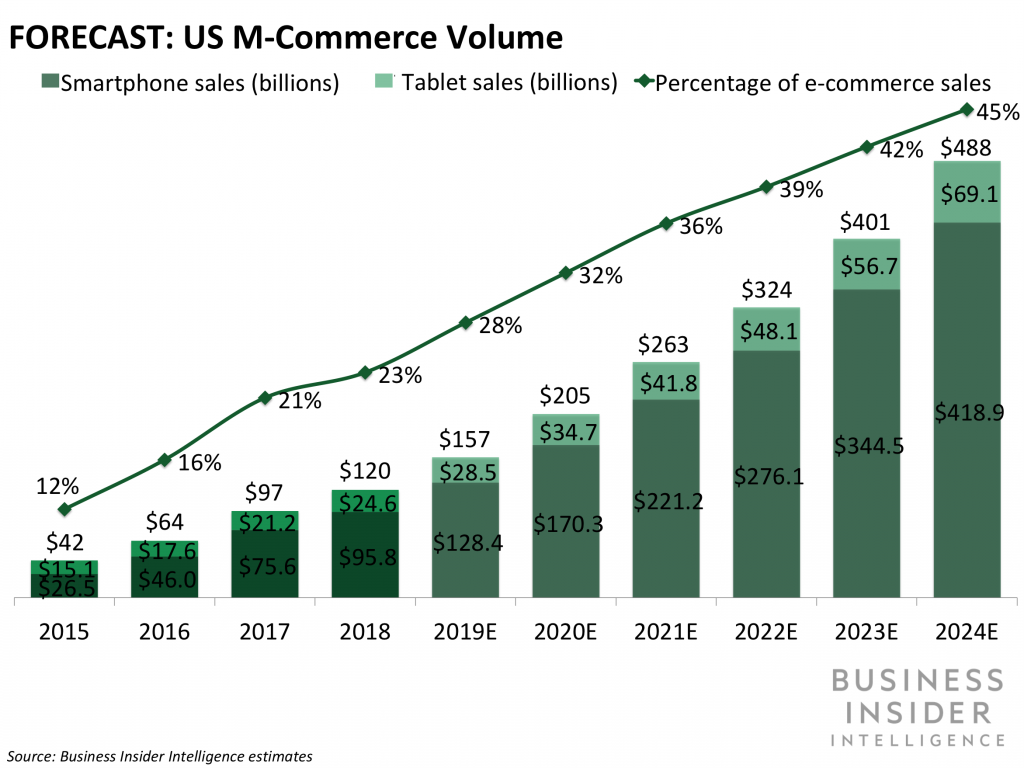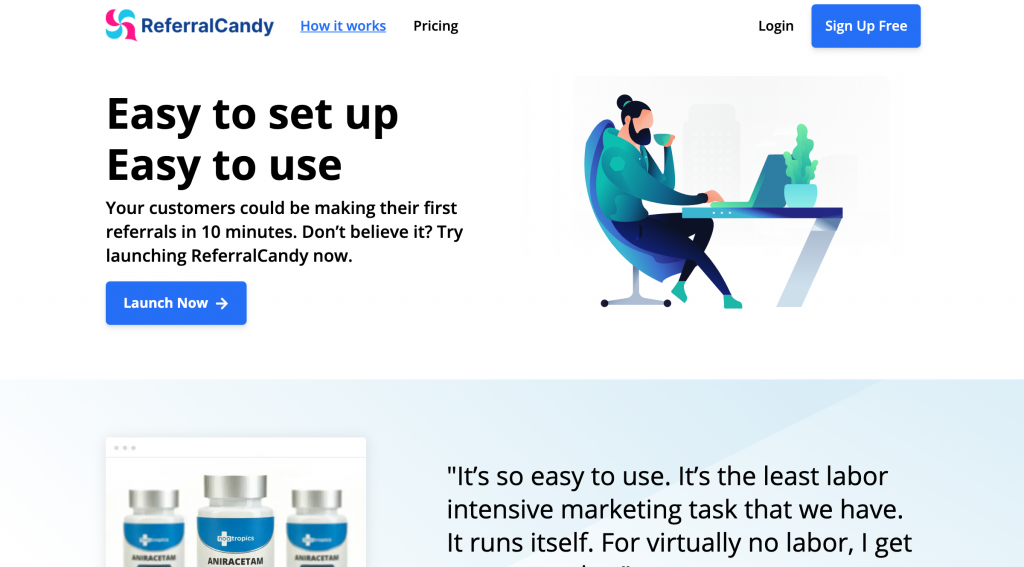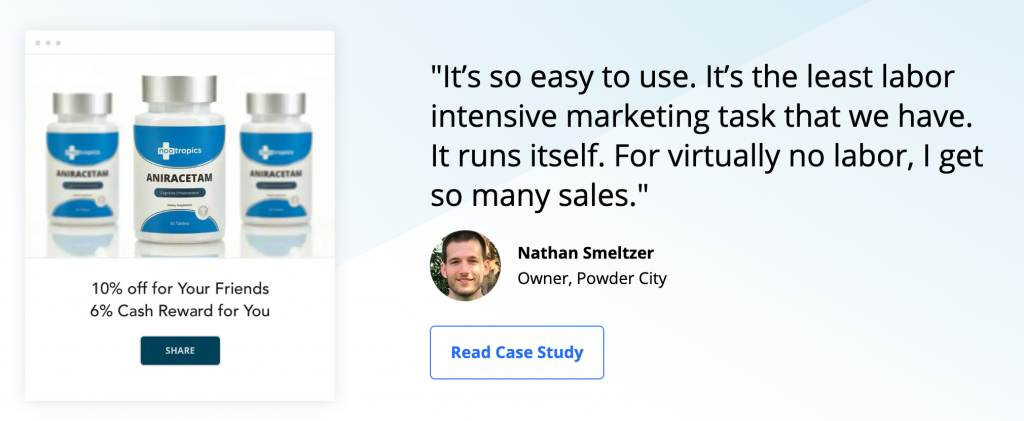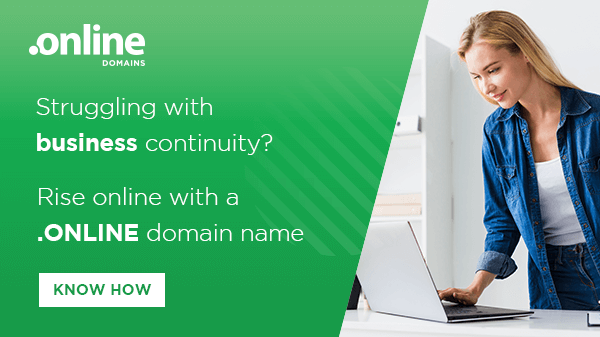Thinking Of Setting Up An Online Business? Here’s All You Need To Know!
Given the ease of use of the Internet, it may seem like setting up an online business is a piece of cake.

That couldn’t be farther from the truth. The Internet’s accessibility should, in fact, encourage meticulous planning while setting up an online business.
There are anywhere between 12 to 24 million eCommerce sites in the world. While entry into the online business sphere is easy, keeping your ground against your competitors from all around the world might not be.
This is also another reason why an entrepreneur needs to get themselves on the ‘brainstorm, solidify, and repeat’ cycle till all the rough edges are smoothened and the business can stand tall in the crowd.
The Importance Of Planning When Setting up An Online Business
In this article, we cover some vital factors an entrepreneur such as yourself must consider before setting up an online business.
Let’s dive in.
1. Can You Summarize Your Business Idea In One Line?
It’s called a screenplay logline in the film industry. A one-line summary might be difficult to conjure, but it gives you total clarity of what your online business is.
It can help you streamline your service and help you move in the right direction. On a business plan, it usually comes in the form of a mission statement — an ideal scenario of what you want your business to accomplish.
2. Does Your Business Solve A Problem?
Something that can help your business stand out from the crowd is whether it is targeted towards solving a problem. This comes from research and gaining insights from the industry of your choice.
In 1996, Under Armour CEO Kevin Plank saw a problem with practice attire getting sweaty and wet during practice. This problem set the core for Plank’s venture, and the rest is history.
Similarly, recognizing a problem can be an excellent way to go about setting up an online business. The more widespread the problem, the more ears and eyes you’ll get to your business.
3. How Does Your Business Idea Solve The Problem?
Continuing with the Under Armour example, Plank solved his problem by making gear from the same material that compression shorts were made of, then. This solution helped Under Armour play with the big boys — Nike and Adidas.
Recognizing a problem will get you one step closer to standing out in the crowd, but a solution will give you the actual boost. In business plans, identifying and solving a problem is either sprinkled throughout or have a special section for themselves.
Research, observations, trial, and error — these are some ways of going about solving the problem you know exists. But keep one thing in mind, the size of the problem should match the cost of the solution.
Not many would, for example, pay a thousand dollars for a nail cutter that clips your nails evenly.
4. Have Your Figured Out The Logistics?
Say, you’re planning on setting up an online business that deals in selling jigsaw puzzles to the everyday person. The business does address the problem of boredom that a lot of people are facing in this lockdown.
- But who’s going to deliver these puzzles to them?
- Who is going to manufacture these puzzles?
- Who is responsible for the design?
- How much time will all this take?
- Would it just be easier to create an app, instead?
Without the answers to these questions, a website and an idea are all you’ll end up having. Ideas (and websites, for that matter) are a dime a dozen.
5. What Do The Financial Projections Look Like?
As with offline startups, financial projections are a vital factor to consider when setting up an online business. They’re probably the most important check for the viability of your business.
The most basic question being, ‘Will this business make money?’
While most startups don’t expect to make profits in their first (and sometimes even second) year, a long term projection can help entrepreneurs and investors learn when they expect to break even and their investments to reap rewards.
6. Do You Have A Grand Vision?
Part of Amazon’s vision is to become a place where customers can buy anything. That may have been seen as a bit of a long reach when Bezos’s company first started as an online seller of reading material.
However, with expansions into the streaming and gaming industries, Amazon is really abiding by its vision.
A vision will help you decide your business’s long term goals and help you formulate a plan on how to get there one giant leap at a time.
7. Who Are Your Consumers? How Are They Interacting With Your Online Business?
An online business can either be in the form of a website, an app, or on a popular platform such as Amazon or Shopify. Deciding your consumer interaction points comes from knowing who your customers are.
- What devices do they use the most?
- Are they loyal to certain brands?
- Do they like web browsing over phone browsing?
- How old are they?
- Where do they live?
To answer all these questions, you must build a customer persona to design the optimal sales and marketing strategy geared towards them.
8. What Is Your Expansion Strategy?
This is correlated with your online business’s vision. How are you planning on expanding? A business that stagnates doesn’t get too far.
If you are not going to expand, your competitors will, and your consumers will flock to the next best thing that targets them better.
Research and Development should be included in the financials section and more times than not, an expansion strategy usually has a separate place in a business plan.
Amazon’s earlier short-term mission may have been to become the number one ebooks seller, but once that happened they moved to consumer goods, and now they deliver day to day groceries as well.
If your business does manage to accomplish its goal A, what is the goal B that it will divulge to? Having the answer to this does nothing but provide clarity in strategizing and planning.
6 Tips for Moving Your Small Business Online On a Budget (+Examples)
Customers’ shopping habits have been changing over time. One major shift is this: they buy more online.
The change is drastic. Compared to eCommerce sales in March 2019, sales in the same period in 2020 increased by 74 percent.
More small business owners realize the importance of having their products and services available to purchase online.
If you don’t have a business website yet, the time to get online is now.
Literally.
Creating a website for your business has never been easier, faster, or cheaper. But you need to make the transition efficiently and quickly to avoid additional costs and without breaking the continuity of your business’ operations.
Below, you’ll find six tips on how to move your small business online on a budget.
1. Build Your First Business Website
Regardless of your industry or niche, a website can help to:
- Raise awareness of your company, products, and services
- Conduct digital marketing campaigns
- Sell more and on a much bigger scale
To begin creating a website, you need to select a website building platform, ensure mobile-friendly design, and add payment functionality.
Choose a Website Builder
With a website builder, you can create a website from scratch or modify an existing template without any coding knowledge. However, choosing one could be a bit daunting.
The best thing to do here is to choose the one that suits your needs best and gets down to work. Your customers are waiting to buy from you online, don’t waste this opportunity.
The next right step after choosing the website builder is branding.
Your new website will play an integral role in branding your business, so you need to think about how to present your brand uniquely.
.Online domains is a great choice for helping with creating unique branding. It gives you the chance to find a domain that represents your company well and get help with SEO optimization.
Ensure Your Website Design is Mobile Friendly
Have you bought something from your smartphone recently?
A lot of people have. In fact, mobile eCommerce has been on the rise massively, reaching 28 percent of all online sales in 2019.

Mobile-friendly website design is a must to make it easier for people to shop on their phones.
It makes your website easily accessible on smaller screens and Google has been favoring websites that deliver the best possible experience for mobile users.
Set Up Online Payments
To convert website visitors into customers, you need to set up payment gateways.
With a business PayPal account, you can accept PayPal payments.
Stripe allows accepting multiple payment methods, including Visa, MasterCard, American Express, Apple Pay, Discover, and others.
2. Invest In Content Marketing And SEO
You can save a lot of money by creating content and doing search engine optimization (SEO) instead of paying lots of money for advertising.
The place to publish content on your website, is, of course, your blog.
Many business owners often ask: “Why does my business need a blog?”
The answer is: to conduct content marketing because it can bring organic traffic – that’s potential customers – to your website.
Moreover, the content can teach and explain more about your products and services.
To make your content marketing as effective as possible:
- Identify popular topics with Buzzsumo. Find the most popular articles related to your business with this content discovery tool. Try approaching those topics from a unique angle to get your fair share of traffic
- Conduct keyword research using SE Ranking. It’ll help you to see what keywords you can rank for and get quality traffic
- Perform competitive content analysis. You can also see the best-performing content of competitors (companies using the same keywords) in Ahrefs. Use the findings to fill gaps in your content strategy
- Master content distribution. There are many ways to distribute content. You can share it on your social media accounts, submit to content promotion platforms like Zest, and send it to relevant industry websites that accept articles.
While creating result-getting SEO optimized content, keep in mind that it’s totally fine to mention your company from time to time.
If placing the mention affects the content’s primary purpose – provide value to your customers – then you’re running the risk of coming across as overly promotional.
Also, don’t forget to always monitor your progress and adjust your strategy. There are plenty of Google analytics tools to choose from.
3. Optimize Website For Lead Generation
To generate as many leads as possible, you need to optimize your website using the following strategies.
Strategy #1: Provide an Easy Conversion Path
Conversion path consists of steps taken by a website visitor after which they become a lead.
For example, here’s a simple, 3-page path:
- A visitor lands on the home page
- A visitor goes to the product page
- A visitor buys the product and lands on the thank-you page.
Having a simple and short conversion path is in your best interest. To simplify it, you need to remove common barriers that make it difficult for visitors to buy.
One common barrier is the mandatory account creation. The best way to eliminate this barrier is by adding a guest checkout.
Another barrier is complex website navigation.
It’s tempting to lead visitors to as many pages in hopes of showing them how your product works, but it often leads to them leaving the website.
Categorizing products is the best way to simplify navigation.
A neatly organized menu makes navigation easier by giving specific product categories, which simplifies product search.
Strategy #2: Create Landing Pages with CTAs
Many business owners make a mistake by thinking that a home page is enough for lead generation.
It’s not.
Landing pages have conversion rates between 2 and 10 times higher compared to other web pages. Besides, small businesses using 10 and more of them are able to generate leads twice as fast.
Take a look at this landing page from ReferralCandy.

It’s great because:
- it serves one purpose–encourage visitors to use the referral marketing tool
- The CTA is above the fold and stands out thanks to a contrasting color
- It uses social proof to make first-time visitors more confident in connecting with the business (see below).

If you follow these best practices, you can design a value-driven landing page that maximizes your chances of converting more visitors.
Strategy #3: Use Free Lead Generation Tools
As a new kid in the online business game, you need to get leads as fast as possible.
Luckily for you, there are many effective – and free- lead generation tools to help with that. Equipping your website with them can greatly increase its ability to generate leads.
Live chat is the most preferred communication method for customers when buying online. With Tidio live chat, for example, you can set up automatic welcome messages for visitors and ask them for emails.
By installing Tidio free live chat app on your website like that, you’re adding a powerful channel for automatic lead generation that works 24/7.
Starting An Online Business? Build It On .Online!
4. Leverage the Power of Email Marketing
Okay, so now you’ve attracted traffic with content and grabbed some emails with tools such as Tidio. The next step is to sell your products to those leads.
When you’ll have a sizable email list, say, 50 entries or more, you should definitely begin nurturing those leads with email marketing campaigns.
Your leads are interested in your products/business – otherwise, they wouldn’t have provided their emails – so it’s time to share content and offers with them.
Create and Share Campaigns
Using automation in your email marketing platform, you can design a series of emails that deliver valuable content, share news, and let the leads know about sales and special offers.
For example, you can create a newsletter with info about the latest offers, loyalty programs, and tutorials.
Here are more email marketing best practices to get you started:
- Email list segmentation. Segment your email list to differentiate subscribers who share something in common (viewed the same product category, etc.).
- Personalization of offers. Share deals based on audience segmentation to make them more relevant to subscribers.
- Share helpful content. Sending content based on the needs of your audience keeps them engaged with your business and improves your image as a source of reliable information.
Set up a Lead Nurturing Sequence
A lead nurturing sequence is a series of emails that begin when someone has downloaded your lead magnet (can be a toolkit, an infographic, a cheat sheet, or a video course) from the website.
For you as a small business, using this technique is an effective and fast way to generate leads online.
Using an email marketing platform, you can “tag” those who requested the lead magnet. The tags will trigger an automated email sequence.
Here’s an example of a simple email sequence to give you an idea:
- Email #1 (Lead magnet delivery & thank-you email): thank the person for downloading the resource and give access to it.
- Email #2 (Educational email): provide content that the lead is likely to consider valuable and useful.
- Email #3 (Social proof email): deliver a story of a customer who benefited from your product/service.
- Email #4: (Call-to-action email): the last email where you ask the lead to engage, e.g. “Sign up for a free trial today.”
The success depends on the quality/value of the lead magnet and the content you share in the sequence. So, try to address a major pain point of your customers to engage them.
5. Connect With Customers Through Social Media
Many of your customers hang out on social media. In fact, lately, they’ve been doing a lot more than just sharing photos of themselves.
According to SocilalPilot:
- 26 percent of Facebook users who clicked on ads reported making a purchase
- 60 percent of Instagram users say they’ve discovered new products on the platform
- 80 percent of B2B leads from social media come from LinkedIn.
Long story short, your business needs social media presence.
If you’re a B2B business, having a profile on Facebook and LinkedIn would be a good start. For B2C, Instagram and Facebook are the most suitable platforms.
What should you post there?
- B2B social media content ideas: webinars, podcasts, eBooks, infographics, blog articles, free trials, interviews, industry events, reports, company news, case studies like eCommerce for manufacturers.
- B2C social media content ideas: contests, blog articles, sale announcements, user-generated content, infographics, product videos.
6. Create A Returns Policy
A clear and customer-friendly returns policy is a must for an online business, especially an eCommerce business.
According to surveys, 73 percent of customers say that the returns experience influences their likelihood to buy from the same business again.
A great return policy is about two things: clarity and completeness.
First and foremost, be as clear as you can when writing the policy.
For example, you can describe the essential information and have the customer contact you for additional questions.
It’s a good idea to also install a live chat or a chatbot to be able to answer customers’ questions related to returns and refunds in real-time.
The second major thing is the completeness. You need to be honest about all conditions in your policy. If a customer finds out something unexpected about returning products, chances are they won’t be willing to buy from you again.
In Conclusion
A major part of setting up an online business is the planning and development stage. A well-made, detailed plan can almost put your execution into auto-pilot.
The points above cover the most important questions an entrepreneur needs to answer while designing a business plan for an online business. Once you have that, the next step is to put that plan into execution.



